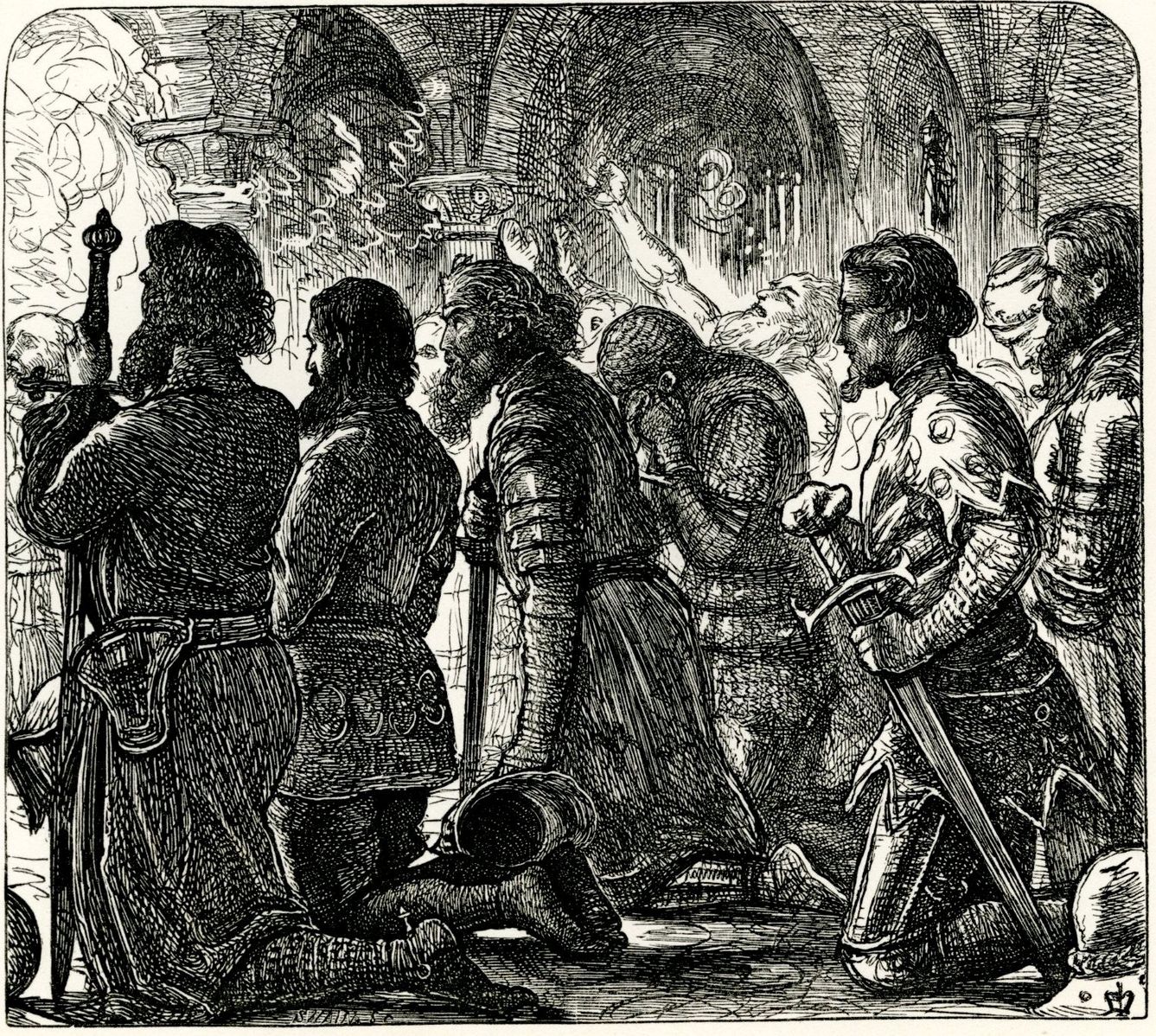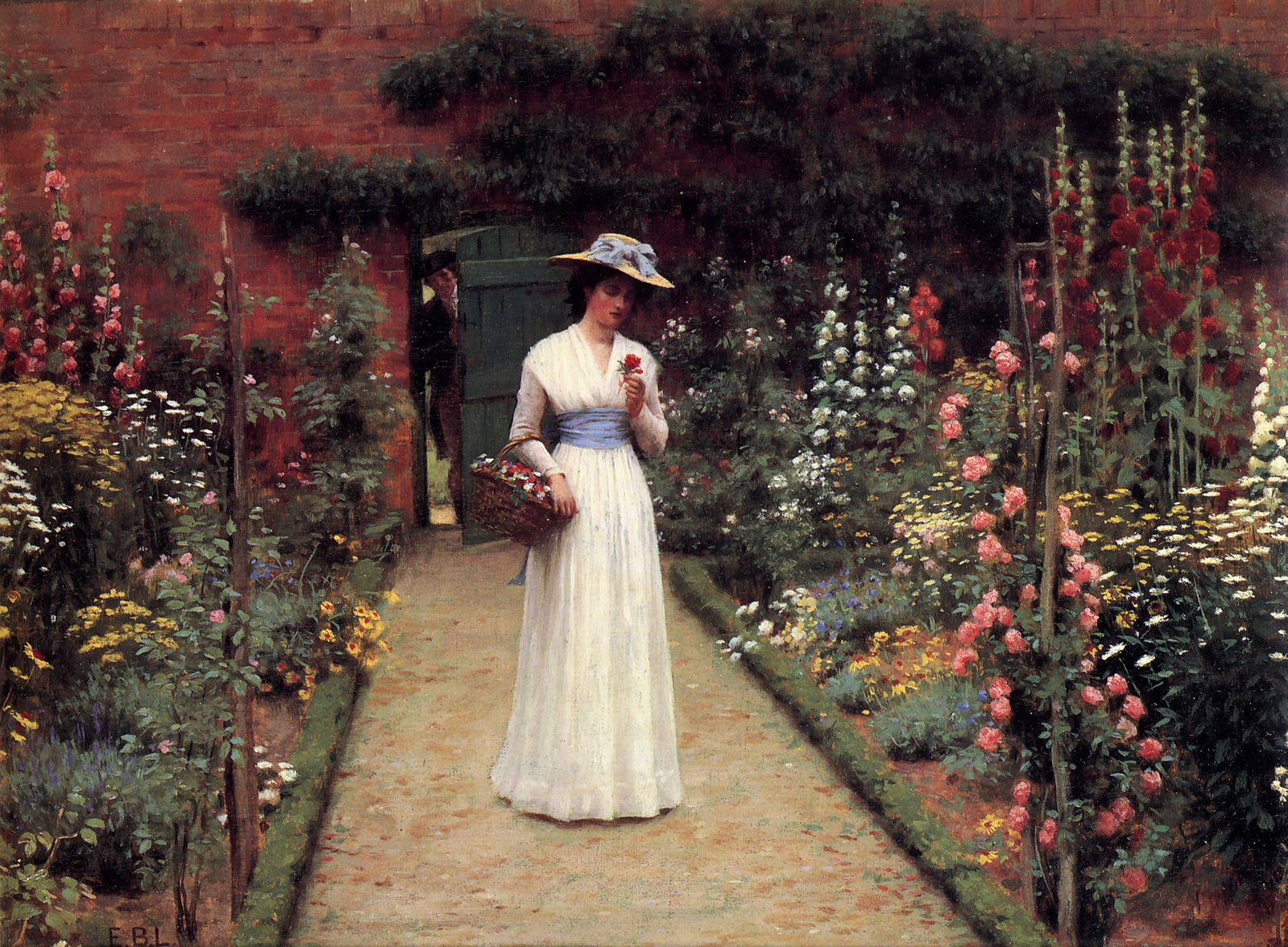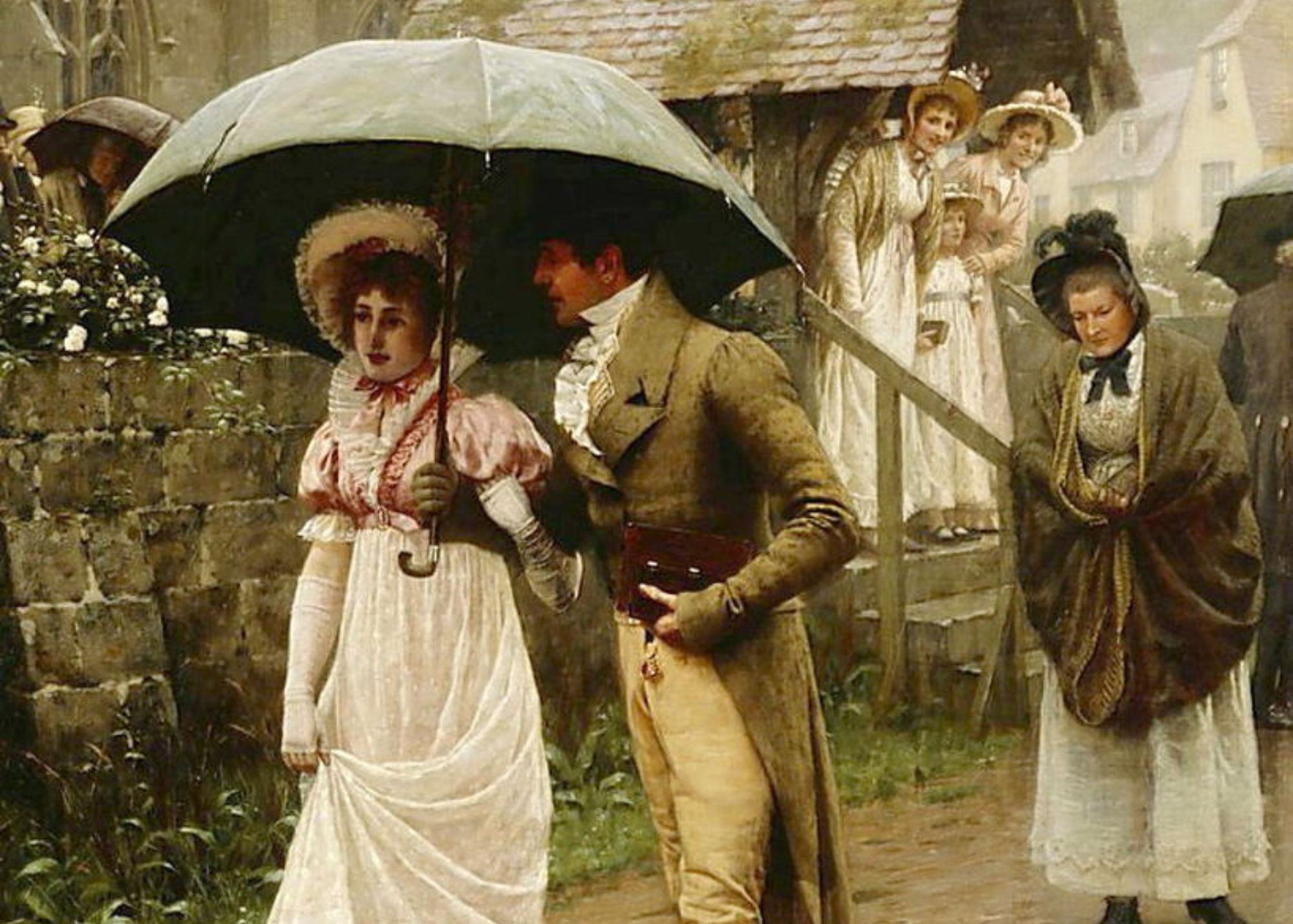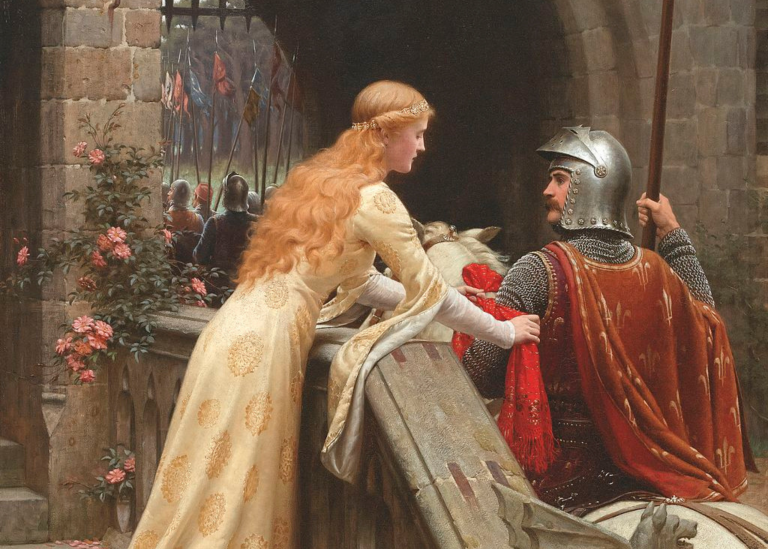My first interaction with chivalry dates back to my childhood, when my father would gently wipe away my tears with his signature handkerchief. I felt privileged to be able to use the beautiful piece of cloth my father always carried in his pocket.
The incomparable sense of support and protection I experienced when I watched my father carry heavy objects for my mother or when my cousin walked on the side of the street closest to the traffic to keep me safe, serve as a reference for me to see how times have changed today.
It is now rare to see any young men performing simple gestures of chivalry, but they are not entirely to blame. The growing tendency toward gender equality and the perception of chivalry as old-fashioned may be preventing today’s men from connecting with their virtuous and protective nature.
Yet chivalry has enduring value and a timeless charm. It may be worth reviewing its role in history and examining ways to revive it.
The meaning of chivalry

Chivalry derives from the Old French term “chevalerie,” which refers to men on horseback and their knightly ideals. It provided a code of conduct for mounted warriors based on timeless virtues such as courage, honor, courtesy, justice and a willingness to protect others.
Success
You are now signed up for our newsletter
Success
Check your email to complete sign up
Although in modern times chivalry is often reduced to the way men treat women, the original meaning of the word included a broader view of a man’s character. It was based on the ideal of faith and loyalty of a gentleman who puts his strength in the service of God. This is why knights were traditionally depicted as brave and righteous men who served their nation and protected the weak, which included the elderly, children and women.
A gentleman’s treatment of a lady

The original code of chivalry instructed men to honor women. Ladies were honored for their virtue, chastity and modesty. They were protected because they are generators of life, preservers of culture and the heart of the home — not because they were sought after as an object of desire.
When a man and a woman vowed to be joined in marriage, a woman’s gentleness and grace were to complement a man’s strength and courage. Her unconditional support and promise to wait for her husband during his service to the nation inspired a knight to fulfill his duty and live an honorable life worthy of divine blessing.
Although the days of knights and warriors are long gone, older men still remember — and even practice — the consideration and respect called for in chivalry. Done properly, women are neither offended nor disconcerted, and the practice can help them revive their gentle, feminine nature.
“More than a code of manners in war and love, Chivalry was a moral system, governing the whole of noble life…”
Barbara Tuchman
Timeless ways to be chivalrous
A chivalrous man treats others with respect, consideration and protection in ways that can be easily applied in many situations:
Respect
- Listen with undivided attention — this shows you genuinely care.
- Speak with sincerity — say what you mean, and mean what you say.
- Always be on time — in person or otherwise — and let others know if you are going to be late.
- Introduce your companion before yourself.
Consideration
- Hold the door for others.
- Give up your seat to others — especially the elderly and pregnant women.
- Offer to carry heavy goods for anybody who is not as physically fit as you.
- Help ladies on and off with their coats, and pull out a chair for them before seating yourself.
Protection
- When walking with a companion, walk on the street side of the sidewalk.
- Help ladies, children and the elderly out of the car, or public transport.
- Offer your jacket when it is cold, and share your umbrella when it rains.
- Carry a clean handkerchief and be ready to lend it. As Robert De Niro said in the movie The Intern, “A gentleman carries a handkerchief, not for himself, but in case a lady needs one.”
Reviving chivalry today

Chivalry is simply the manifestation of a gentleman’s inner world. Every chivalrous gesture is an expression of respect, righteousness, self-restraint and consideration, and of the desire to place one’s strength and abilities at the service of others. Gentlemanly gestures are meaningless if they are not rooted in these noble ideals.
For those who still consider that chivalry is antiquated, think about what kind of son you would like to raise, or what kind of husband you would hope for your daughter. Wouldn’t the traits found in chivalry be the best standards?
The path to becoming a gentleman begins with the simple and priceless wish to better yourself. With determination as your foundation and tradition as your guide, you will begin to change the world, one chivalrous gesture at a time.
READ ALSO:
















